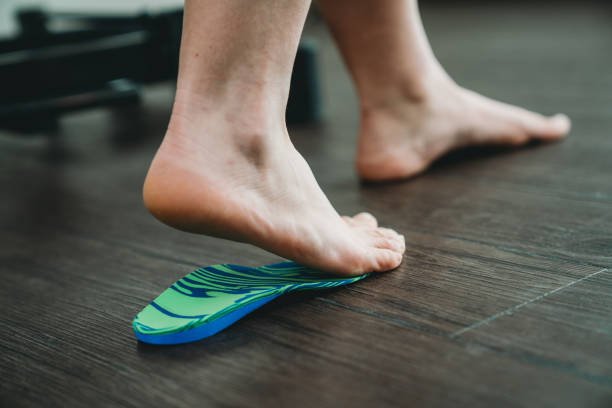On this page, we explain why smooth soles on shoes make it difficult to walk on a polished floor:
Title: The Slippery Issue: Why Smooth Soles Make it Difficult to Walk on Polished Floors
Walking is a routine, often mindless activity, until we step onto a polished floor with shoes that have smooth soles. Suddenly, every step becomes a risky endeavor, as we try to maintain our balance and avoid slipping. But why does this happen? This article delves into the science behind why walking on polished floors with smooth-soled shoes can be difficult and sometimes hazardous.
Why Smooth Soles on Shoes Make it Difficult to Walk on a Polished Floor
Walking on a polished floor with smooth-soled shoes can be difficult due to the lack of sufficient friction between the two surfaces. Both the smooth soles and the polished floor lack the roughness required to generate ample friction, reducing the shoe’s grip on the floor. This lack of grip can lead to instability while walking and increase the risk of slipping.
Understanding Friction
To comprehend this issue, we need to understand a fundamental physical concept: friction. Friction is the resistance to motion of one object moving relative to another. It is influenced by the surface characteristics of the objects in contact and is generally higher when the two surfaces have more texture or roughness.
In the context of walking, friction comes into play between the soles of our shoes and the ground. It allows us to “grip” the surface and push off effectively with each step. This grip is critical to maintaining balance and forward motion when we walk or run.
Smooth Soles and Polished Floors
Now, consider shoes with smooth soles. They have less texture and roughness, which means there are fewer points of contact between the shoe and the floor. Consequently, the friction between the two surfaces decreases.
On the other hand, a polished floor is also exceptionally smooth. It may even be slightly slippery due to polishing substances like wax or oils. When smooth shoes meet a polished floor, both surfaces lack the roughness needed to generate sufficient friction. As a result, the shoe cannot grip the floor effectively. This lack of grip is why it becomes challenging to walk on a polished floor with smooth-soled shoes, and why we often slip in these conditions.
Why is Friction Important?
Friction is essential for us to move securely and efficiently. When we walk, we apply force to the ground. According to Newton’s third law, the ground applies an equal and opposite force that helps propel us forward. But without adequate friction, this force cannot be used effectively. Instead of pushing us forward, it may cause us to lose our balance and slip.
The interplay of physical forces makes it difficult to walk on polished floors with smooth soled shoes. It all boils down to the lack of sufficient friction between the two smooth surfaces, reducing the grip and making each step potentially unstable. So, the next time you step onto a polished floor, make sure your shoes have some texture or grip to ensure safe and secure footing. It’s not just a matter of comfort; it’s a matter of physics!

